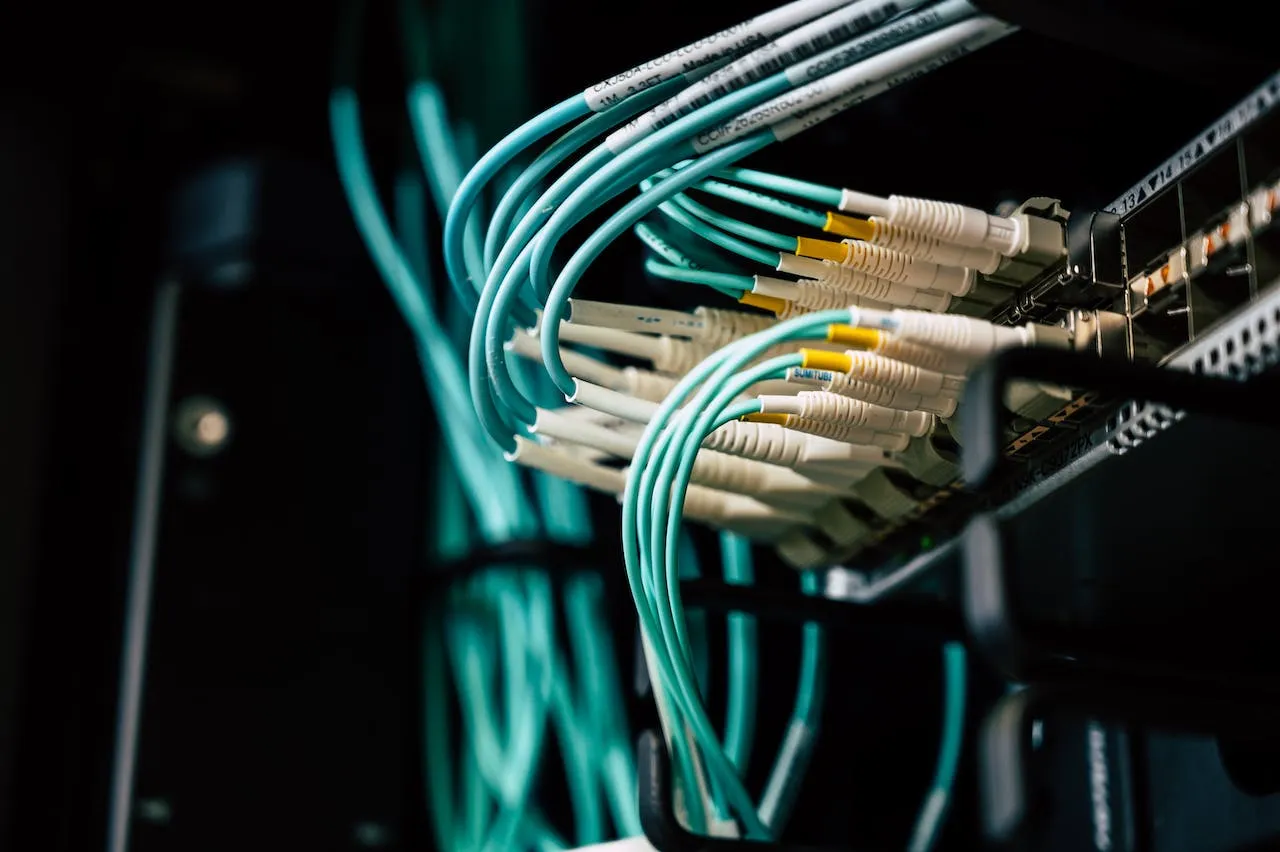Demystifying IP Addressing: A Beginner's Guide

In our hyper-connected world, understanding the secrets of IP addressing has never been more crucial. Yet, for newcomers, delving into the enigmatic realm of IP addresses can feel like an intimidating quest.
Whether you're a tech enthusiast, aspiring network administrator, seeking for 'do my math homework' help, or simply curious about data's journey through the web, fear not—this beginner's guide is your gateway to enlightenment.
In the upcoming moments, we'll embark on a captivating journey into the world of IP addresses, demystifying the jargon, and unveiling the power behind these numeric labels in driving our digital interactions. Prepare for a voyage of discovery as we unravel the mysteries surrounding IP addressing and its indispensable role in modern communication.
What is an IP Address?
Imagine IP addresses as the postal codes of the digital world. The IP address is the magical mechanism that allows all of our devices to communicate with one another via the Internet or any network. An IP address is similar to a unique digital label provided to each network-connected device. It serves as an identification, ensuring that data reaches its intended destination.
Types of IP Addresses
Just like there are different generations of technology, there are two primary versions of IP addresses today:
- IPv4 (Internet Protocol version 4): This is the veteran of IP addressing, widely used and recognizable by its four sets of numbers separated by dots. Think of it as the old guard with a limit of around 4.3 billion addresses. Due to this scarcity, we needed a fresh approach.
- IPv6 (Internet Protocol version 6): Here comes the futuristic successor, designed to handle the world's IP needs for generations to come. IPv6 is supercharged with a 128-bit format, represented in cool hexadecimal style. This allows for an almost unimaginable number of addresses, roughly 340 undecillions! Say goodbye to IP address exhaustion; we're ready for the future!
Public and Private IP Addresses
IP addresses have their privacy settings too:
- Public IP Addresses: These are like celebrities - unique and globally known. Internet Service Providers (ISPs) assign public IP addresses to devices directly connected to the Internet. They're crucial for websites, servers, and routers, allowing communication across different networks.
- Private IP Addresses: Consider these to be the elite group for the network in your home or workplace. Private IP addresses designate devices inside these local networks. They are not easily accessible from the internet, adding an extra level of security and aiding in the conservation of public IP addresses. For IPv4, we have address ranges ranging from 10.0.0.0 to 10.255.255.255, 172.16.0.0 to 172.31.255.255, and 192.168.0.0 to 192.168.255.255, as well as some cool IPv6 private address prefixes like FC00: :/7 and FD00: :/8.
Dynamic and Static IP Addresses
- Dynamic IP Addresses: These serve as the chameleons of IP addressing. Dynamic IP addresses are frequently assigned to customers by ISPs. They change periodically, either when your device reconnects to the network or every certain time. Dynamic IP addresses are cheap for ISPs, since they can use the same address again and again with different customers. Suitable for most home users and small businesses.
- Static IP Addresses: Today, these are the stable ones. But since static IP addresses are fixed, they're ideal for devices that can only work with a constant address: servers or routers, special network appliances and so on. They're predictable and necessary for anything that requires continual care, such as hosting websites or running applications.
Network Address Translation (NAT)
The more devices you have attending a local party, the necessary function of NAT is to act as matchmaker. The Network Address Translation (NAT) technique can have many devices on a private network sharing one public IP address when accessing the internet. It cunningly matches up multiple private IP addresses to one public address, so that everyone can join in the online dance.
Conclusion
Having revealed the mysteries of IP addressing, you're now armed to conquer the digital world as if it were a piece
of cake. Whether you're a newcomer to the networking world or an IT god, knowledge of IP addressing is your
kryptonite.
Armed with this information, you'll be able to solve network problems, configure equipment and
overcome obstacles to smooth dataflow out across the vast expanse of interconnected networks. Go out and win in the
virtual world.